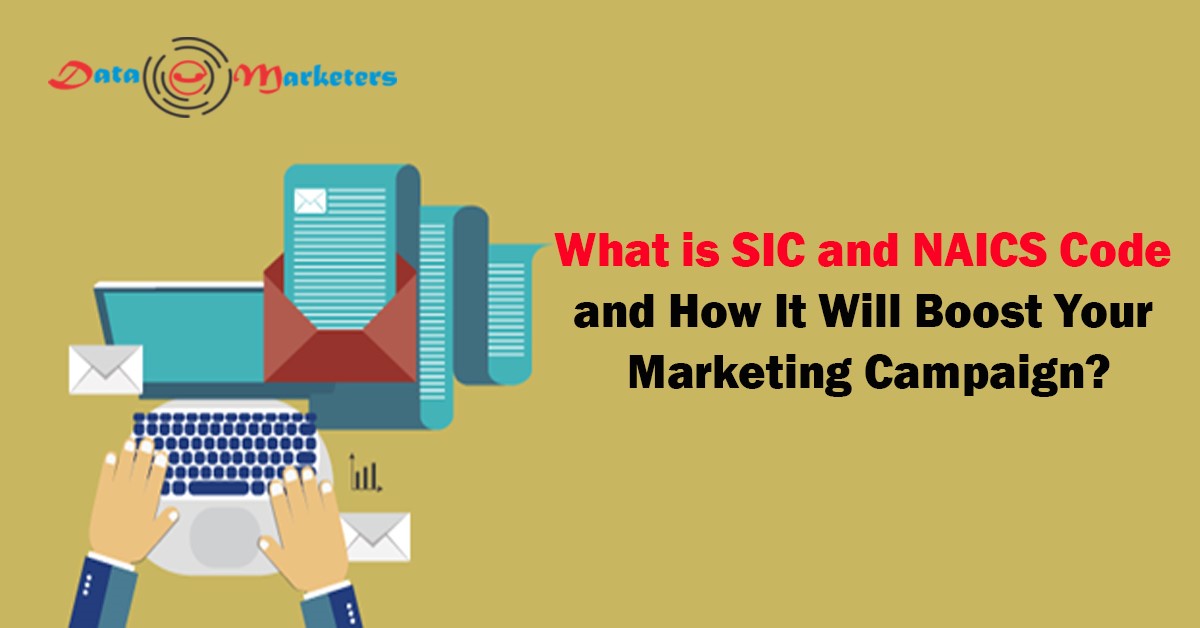
Today’s B2B marketing professionals are under pressure to expand their business. As a result, in order to succeed, they must improve the ROI of their sales and marketing campaigns. Marketing has been one of the most significant resources for many firms to increase revenue by generating quality leads. At the same time, knowing the firmographics of your customer base is critical as an industrialist. By adding SIC and NAICS codes to your business database, you’ll be able to better answer those vital inquiries and boost your client-securing approach. Therefore, SIC and NAICS codes will eventually aid in increasing sales and expanding your customer base.
Before we get into the root of the topic, it’s important to understand what a SIC and NAICS codes are:
What is SIC Code?
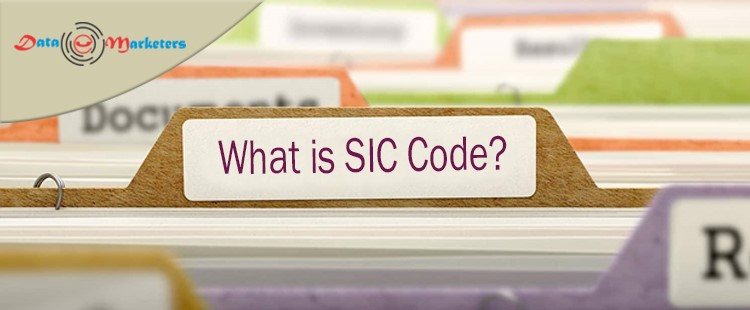
SIC is an acronym for Standard Industrial Classification. The United States government created the SIC codes in 1937 to classify and evaluate economic activity across industries and government agencies, as well as to improve uniformity in the presentation of statistical data collected by multiple government departments. The SIC system divides the economy into 11 primary categories, including:
- Agriculture, forestry, and fishing
- Mining
- Construction
- Manufacturing
- Wholesale trade
- Retail trade
- Finance, insurance, real estate
- Services
- Public administration
- Transportation and public utilities
- Nonclassifiable establishments
These are further classified into 83 two-digit major groups, 416 three-digit industry groups, and over 1,000 four-digit industries. Every business has a primary SIC code that identifies its core business. The major industry group is identified by the first two digits of the SIC code, the third digit represents the industry group, and the fourth digit identifies the specific industry.
What is NAICS Code?
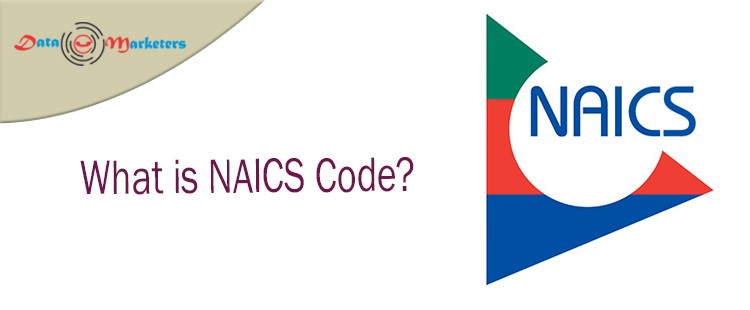
NAICS stands for the North American Industry Classification System, which includes the United States, Mexico, and Canada. It was supposed to replace the no longer sufficient SIC system. It allows for a high level of comparability in business statistics among the three countries. The NAICS Code was developed to eliminate the inconsistent logic utilized in the SIC system and to increase specificity from the 4 digit SIC system by creating a 6 digit NAICS code.
In general, most of the marketers fail to understand the significance of these codes, despite the fact that they provide easy and a reliable way to identify a company. With that being said, let me take you through the benefits of SIC and NAICS codes and how it will boost your marketing campaign:
Determine Your Target Audience

Don’t know who to target to as a marketer? Marketers can use the SIC code business information to target their marketing to certain industries. The SIC and NAICS codes offer information about a company’s basic industry grouping as well as its vertical product/service applications. Furthermore, there are several broad categories that might contain a wide range of manufacturing enterprises.
Take, for example, the word “pumps.” Is your business focused on pump manufacturers or pumping equipment? While you can search each of your targets’ industry codes for basic contact information for companies in your verticals, you can also find basic contact information of your target audience much more quickly.
Collect Detailed Profile Data
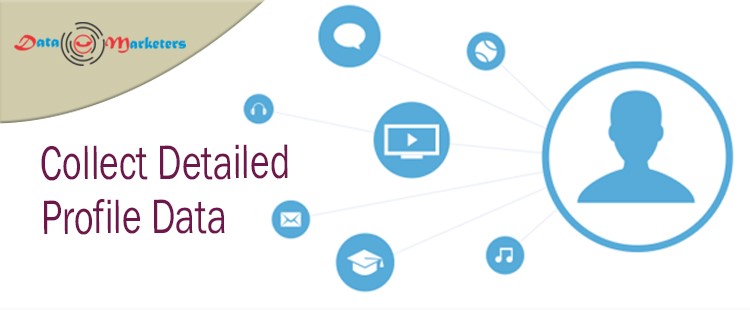
Once you’ve determined who your ideal customers are, the SIC Code and NAICS Code will assist you in determining which industries will best suit them. While the industry categories identified in step one are extensive, marketers can use long tail keyword searches to narrow down their target buyer companies.
Manufacturing directories provide customer reviews, contact information, videos, blog articles, and recent news regarding an organization’s product offers. As a result, you will be able to obtain a better understanding of your target audience’s business needs, motivations, and level of enthusiasm for the products you send by using these tools. In addition to that, marketers can also create target client and prospect records and create campaigns with content that is relevant to the audiences they are trying to reach.
Target-Related Industries
After you’ve started with specific or targeted companies under a specific SIC Code and NAICS Code, you may look for different verticals linked with those companies to see if they’d be ideal targets for your content and campaign messages. While the first two digits of a SIC Code or NAICS Code represent an industry title, you can use this number to find related lines of business to the ones you’re already serving!
Refine Lead Qualification Criteria
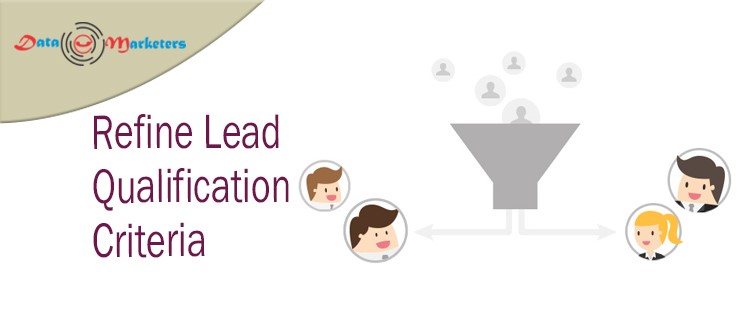
After you’ve determined your marketing campaign’s proper goals, you can use the data to select the most qualified inbound leads for follow-up. You may also arrange your advertising, content development, and campaign budgets depending on which prospects are most likely to convert into customers.
Industry classification codes become a method of guiding clients and prospects to key material as your business website expands. On your landing page, potential customers can select their relevant industry vertical and receive product data that corresponds to their intriguing business difficulties right away.
Benefits of SIC and NAICS Codes:
- SIC and NAICS codes provide precise information about the target market. Additionally, marketers would be able to simply segment their target industry.
- SIC and NAICS codes make it easier to keep your b2b marketing information up to date.
- Marketers learn about each industry’s potential, which allows them to better serve the high-potential market through budget allocation.
- Marketers will have access to excellent customer databases with the proper SIC and NAICS codes, including their Name, Contact number, Sales volume, Number of employees, Revenue, and more.
- Because SIC and NAICS codes deal with the relevant industry, it improves the relevance of existing data.
- Marketers can acquire precise information from SIC and NAICS codes, which is crucial for generating sales leads.
- These industry classification codes assist marketers in locating certain buyers or target audiences.
- They serve as a reference for b2b marketing by assisting with budgeting for advertising and other expenses.
Wrapping Up
Despite the fact that the SIC and NAICS classification systems were developed at a time when there was minimal innovation, they provide a recognized framework for identifying the hundreds of company verticals that promotional advertisers deal with on a daily basis.
Marketers must remember to stay current with these codes as they evolve over time. If you have any concerns or would like to learn more about b2b databases or how to discover a target audience from a variety of industries, contact us at: [email protected] or call us at: 914 – 288 – 5888
